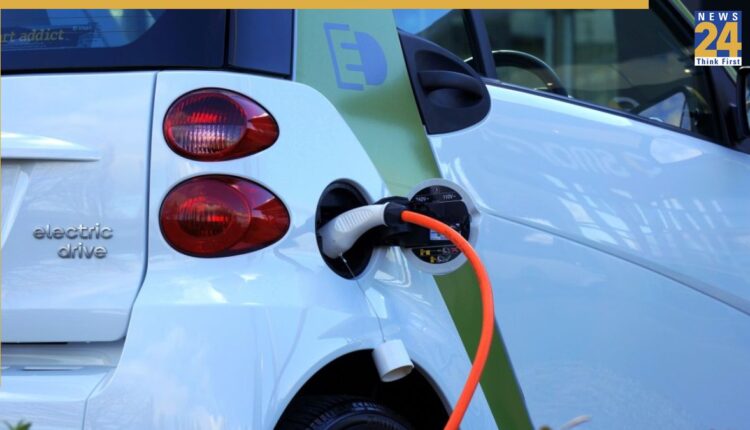The Ministry of Heavy Industries (MHI) has released guidelines for setting up public charging stations under the Rs 10,900-crore PM E-DRIVE scheme to speed up India’s switch to electric vehicles. Out of this, Rs 2,000 crore is set aside for Electric Vehicle (EV) charging points in cities and along highways. Some categories can get subsidies covering up to 100% of the cost to promote faster installation.
Full subsidy on infrastructure and chargers will apply to hospitals, government offices, CPSE premises, and educational institutes. The government will provide 70% on charging equipment and 80% subsidy on infrastructure to locations like metro stations, airports, bus depots, fuel retail outlets of state-run OMCs, and railway stations. Markets, malls, other private locations, as well as battery swapping and charging stations, will also be eligible for an 80% subsidy on infrastructure.
Aside from highways connecting major industrial hubs and ports, priority will be given to NCAP cities, state capitals, smart cities, and cities with a population of over one million.
Bharat Heavy Electricals Ltd (BHEL) will serve as the Project Implementation Agency, while IFCI will act as the Project Management Agency. BHEL will also be responsible for developing a National Unified Hub and creating a mobile app that will offer real-time updates, discovery, payment facilities, and slot booking by integrating EV chargers.
Subsidies will be given in two parts: 70% when the equipment is bought, and the remaining 30% after it is set up and linked to the Unified Hub. Charging standards are set at up to 12 kW for two- and three-wheelers, and 50–500 kW fast chargers for cars, buses, and trucks.
This plan aims to solve a major hurdle in EV adoption, the lack of reliable charging stations, and give a big push to India’s green mobility goals.
ALSO READ: First Tesla Model Y Delivered In Mumbai, And The Owner Is… | Video

